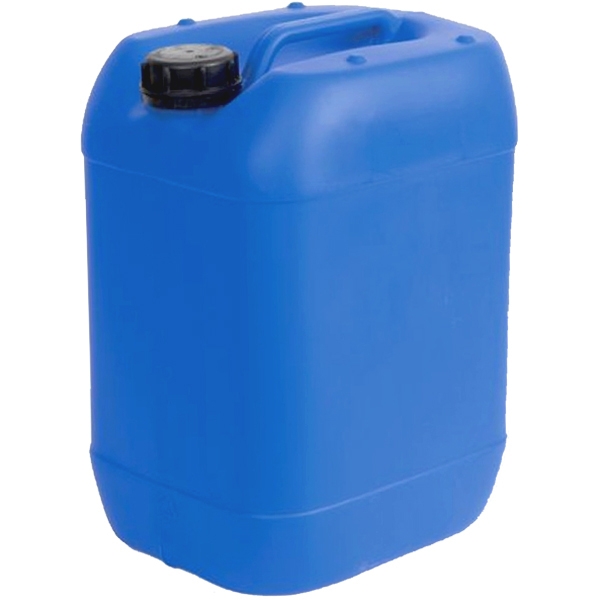


No products in the cart.
This product is a deliquescent solid that readily absorbs moisture from the air. Moreover, when heated beyond its melting point of 43.45°C, it transforms into pyrophosphoric acid, the dimer of phosphoric acid. Despite these instability properties, the physicochemical data of the pure product are available in the literature and have been reported in this document. Phosphoric acid is commercially available in the form of aqueous solutions at various concentrations, with the most common being 75%, 80%, and 85%. In practical workplace settings, it is found in the form of aqueous solutions. There are also superphosphoric acids consisting of a phosphoric acid solution to which phosphorus pentoxide (P2O5) has been added. Depending on the concentration, the resulting mixture contains various proportions of phosphoric acid, pyrophosphoric acid, and phosphoric acid oligomers.
Applications:
Data sheet